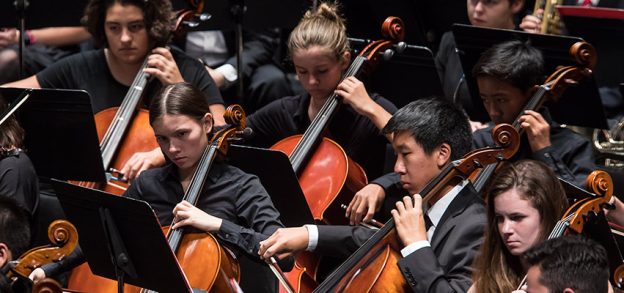General Information about Item:
- Genre: Material Lore – dish; Customary Lore – celebration, family traditions
- Language: Tagalog and English
- Country of Origin: Philippines
- Informant: B.B.
- Date Collected: November 7, 2020
Informant Data:
- B.B. was born in 2000 in the Philippines, where she grew up in the Northern region called Ilocos-Sur. She studied from pre- school to high school in Ilocos-Sur, in a private Catholic school named St. Paul, and she was raised by her grandmother and distant relatives as her parents worked in the United States. She later moved to Los Angeles in 2016, where she is currently studying at a local college.
Contextual Data:
- Cultural Context: The Philippines is historically a poor country, and meat is rare to eat, let alone a whole pig. So during Christmas, it is shared with others, as the Filipino culture is family and community oriented, and Christmas is a time to bring people together. The reason to share abundance with the community is because Christmas is an important holiday for Filipinos to celebrate, especially since most of the country is Catholic.
- Social Context: Lechon is served during Nochebuena, or Christmas Eve Dinner. It is the main entree of the dinner, and the dinner consists of family members and neighbors as well as friends that are not regularly seen. Sharing this dish reflects the intimacy between the community, and therefore the spirit of Christmas, as the holiday is meant to be celebrated with loved ones.
Item:
- The item is a dish called Lechon, which is a whole pig. It is gutted and then stuffed with aromatics native to the Philippines and the region like lemongrass. It is then roasted on a bed of charcoal, constantly rotated and glazed. This process is about 6-8 hours long, which leaves the skin to be crispy and golden. It is served on top of banana leaves and is placed as the center dish on the table for Christmas dinners.
Transcript of Interview Clip:
X.D. (collector): Can you please introduce yourself and where you are from in the Philippines and a little backstory of your life.
B.B. (informant): Uh, my name is BB, I’m from Santa Ilocos-Sur. I’m 20 years old, and I moved here in the United States around 4 years ago. I went to school at St. Paul (Catholic School in Vigan, Ilocos-Sur), while mom and dad were here. I lived with Grandma and my two other cousins before moving here.
X.D.: Ok thank you. So what Filipino Christmas dish will you be talking about?
B.B. : So I will be talking about Lechon, which is a roasted whole pig. Usually in the Philippines, a group of men will degut the pig in the morning of Christmas Eve, and they’ll stuff it with aromatics like lemongrass and bay leaves, whatever Filipinos had. And they’ll roast it on a big bed of charcoal with other pigs until and gets really crispy and delicious.
X.D.: Do you know how long it takes?
B.B. : Uhh, a long long time. Like I’d say more than 6 hours, at least. That’s why it’s eaten for dinner, because it’s not yet ready by lunchtime.
X.D.: Can you explain why Filipinos eat lechon during Christmas and can you explain its cultural context a bit?
B.B. : Lechon is really a special occasion dish. No one is going to eat lechon on a weekly basis, everyone is too poor for that. It is eaten with the whole community: friends, family, neighbors because Christmas is the excuse to get together and celebrate. As Filipinos, Christmas is like our number one holiday. Because of Catholicism, we really become festive for Christmas time and we celebrate it with who we love and the people in our lives. So lechon is a way to share that love and bond, because it’s a special to share something so rare to eat with people.
Informant’s Comments:
- The sheer abundance of the pig means there are plenty of leftovers after Christmas. So, those leftovers are split with the people and their own families and made into a new dish called Lechon Paksiw, which is a pork stew with vinegar.
Collector’s Comments:
- Lechon is not really eaten by my family in the United States because in the Philippines, Nochebuena dinners have much more people (usually 20+). When I do go to the Philippines, Lechon is served for Christmas. Instead, the substitute that many Filipino Americans use as their main entrée for Christmas is ham.
Collector: Xenia Dela Cueva










